バックカントリースキーは、自然の美しさを存分に楽しむ素晴らしい方法です。混雑したスキーリゾートから離れて、手つかずの雪景色に飛び込むことができます。広々としたフィールドを滑るにせよ、木々の間を縫うように滑るにせよ、バックカントリースキーは自然と特別なつながりをもたらします。冬とアウトドアが大好きな人にとって、楽しくやりがいのある冒険です。この記事では、バックカントリースキーに関するよくある質問にお答えします。

バックカントリースキーは、整備されたトレイルやスキーリゾートから離れたオフピステの地形向けに特別に設計されています。主に整備された斜面での使用を目的とした従来のアルペンスキーとは異なり、バックカントリースキーは自然の中で見られるさまざまな厳しい条件に対応できるように作られています。バックカントリースキーとは何ですか?
バックカントリースキーは、幅広のプロファイル、特殊なビンディング、クライミングスキンなどの特徴を組み合わせることで、スキーヤーが未踏の領域に踏み込むことを可能にします。これらの要素は、深い雪での浮力を高め、POWDERの中をナビゲートする能力を向上させます。バックカントリースキーはどのように機能しますか?
もちろんです!バックカントリースキーは未踏の雪の中でのスリリングな冒険です。混雑したリゾートから離れて、よりエキサイティングで挑戦的なスキー体験を求めるなら最高です。バックカントリースキーは試す価値がありますか?
次の冬の冒険に備えよう
バックカントリースキーには特別なブーツが必要ですか?
従来のバックカントリースキーには専門のバックカントリースキーブーツの使用が推奨されます。しかし、当社の革新的なSnowfeet* WALKSKI Backcountry Touring Skis | 99 CMは、通常のブーツやスノーボードブーツでも使用できる特別なビンディングを装備しています。この多様性により、特定のバックカントリースキーブーツが不要で、非常に便利で使いやすくなっています。

はい、バックカントリースキーにはこのタイプのスキーに不可欠なビンディングがあります。これらのビンディングは、登る際にかかとを上げることができ、降りる際にはしっかりと固定されるように設計されています。この柔軟性は、難しい地形をナビゲートするために非常に重要です。バックカントリースキーにはビンディングが必要ですか?
バックカントリースキーは整備されたトレイルで使えますか?
バックカントリースキーはオフピステの冒険に最適化されていますが、整備されたトレイルでも使用できます。ただし、その設計は整備された斜面での従来のスキーと同じパフォーマンスを提供しない場合があります。通常のスキーやクロスカントリースキーの方が適しています。バックカントリースキーは、未踏の雪、急斜面、そして深いPOWDERのような多様で予測不可能な地形に対応するために作られています。

バックカントリースキーには、迷子になること、吹雪や雪崩に巻き込まれることなどのリスクがあります。しかし、適切な教育、雪崩安全装備、慎重な判断により、リスクは最小限に抑えられます。バックカントリースキーは危険ですか?
バックカントリーでのスキーの持ち運びは、スキーキャリーシステム付きのバックパックや専用ストラップなど、さまざまな方法があります。選んだ方法が旅の間ずっと安全で快適であることを確認しましょう。バックカントリーでスキーをどうやって運びますか?
どうやって登りをスキーする?
登りは通常「スキニング」またはクライミングスキンを使う技術で行います。これはスキーの底に取り付ける特別なストリップで、雪に対してグリップを提供しながら前方への滑りを可能にします。

スキーの長さはパフォーマンスに直接影響します。長いスキーは一般的に高速での安定性を高めます。一方、短いスキーは操作性と機動性に優れ、狭い場所や難しい地形のナビゲートに最適です。スキーの長さはパフォーマンスにどう影響する?
バックカントリースキーに必要なギアは?
バックカントリースキーの旅を始めるには、いくつかの必須ギアが必要です。バックカントリースキー、ビンディング、クライミングスキン、ツーリング用ブーツに投資しましょう。ビーコン、プローブ、ショベルなどの安全装備も忘れずに。追加のレイヤー、水、スナックを入れたバックパックを持つのも賢明です。
バックカントリースキーの服装はどうすればいい?
バックカントリースキーを楽しむには適切な服装が鍵です。汗を逃がす吸湿速乾のベースレイヤー、保温のための中間層、風や雪から守る防水透湿のアウターを着用しましょう。帽子、手袋、ゴーグルも忘れずに、寒さや日差しから身を守ります。レイヤリングは天候の変化に対応でき、冒険中ずっと快適に過ごせます。

結論
適切なギア、知識、準備があれば、バックカントリースキーは雪の探検の世界を開きます。経験豊富な冒険者でも、新しい冬の趣味を求める初心者でも、これらの基本がエキサイティングなバックカントリースキー体験への正しい道を示します。
新しい可能性を探る




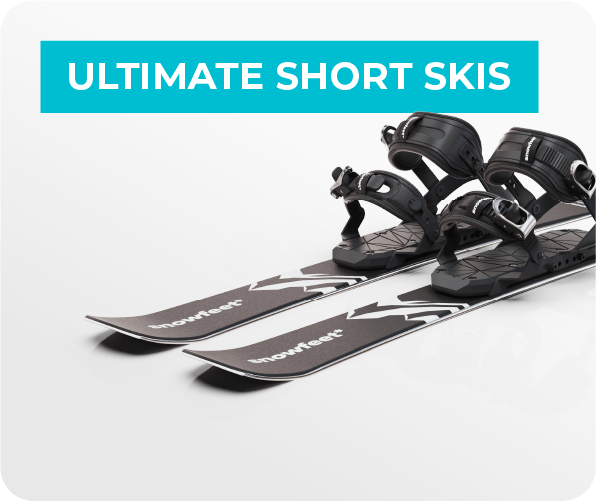


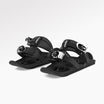
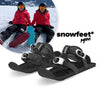

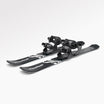




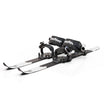

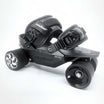

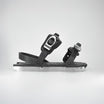












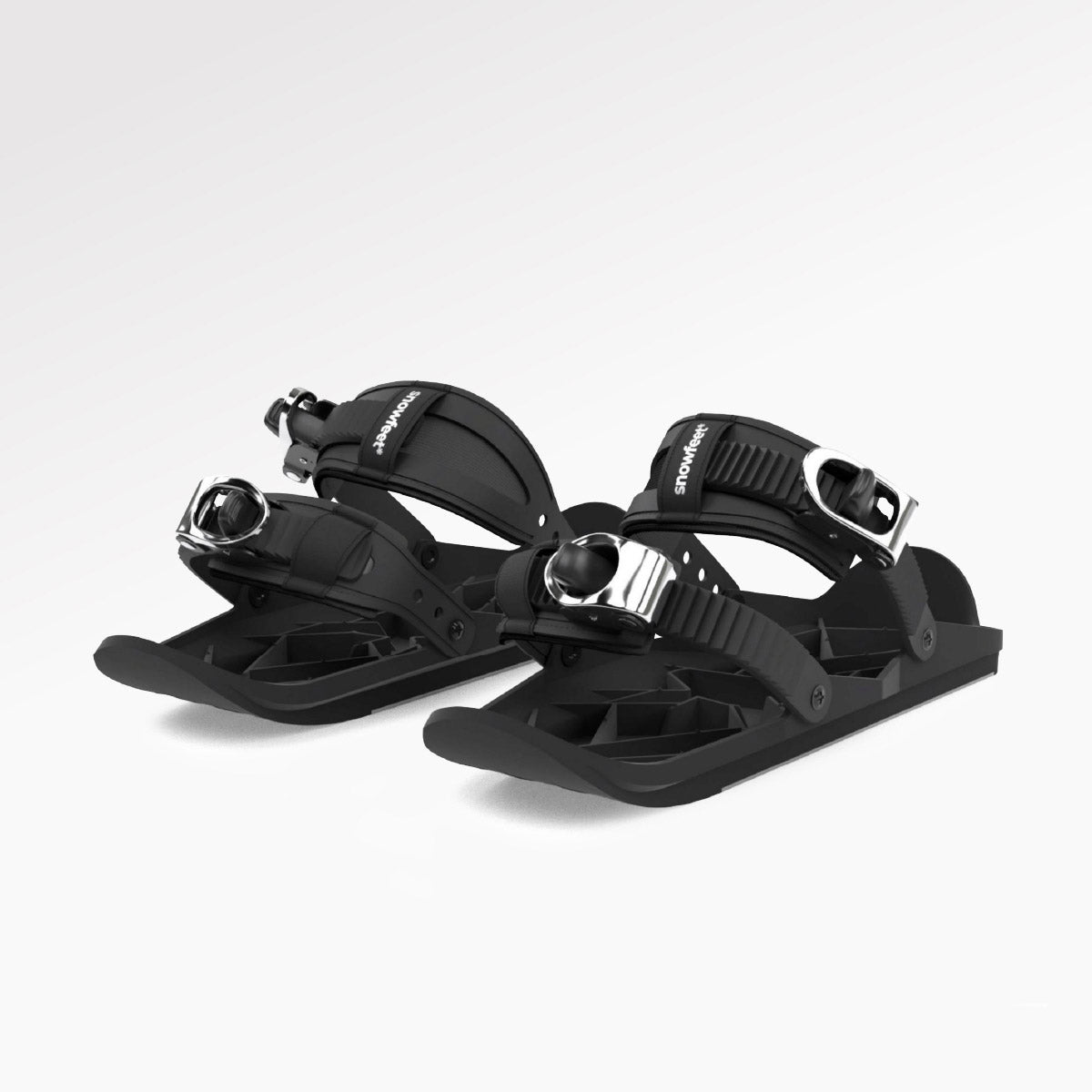
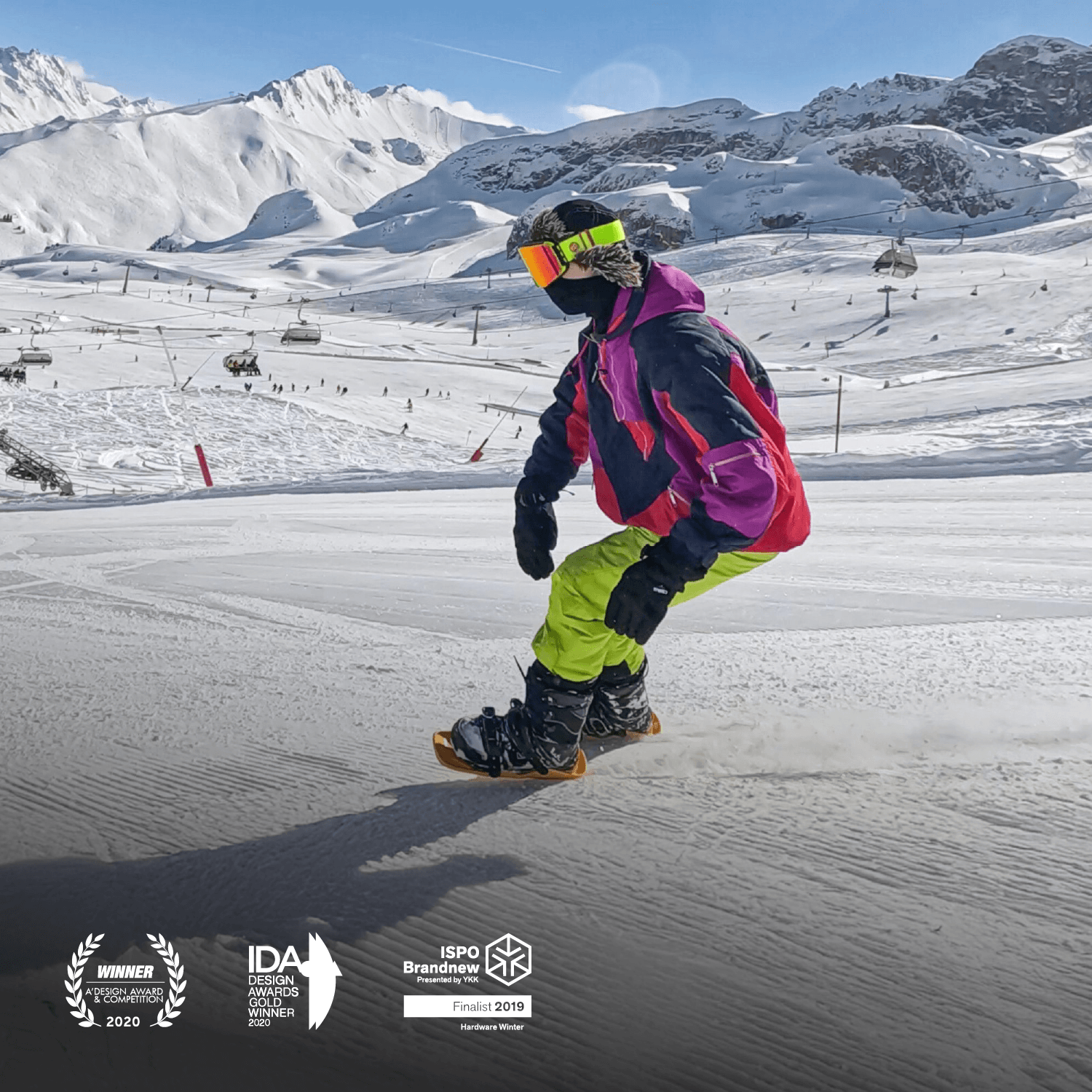
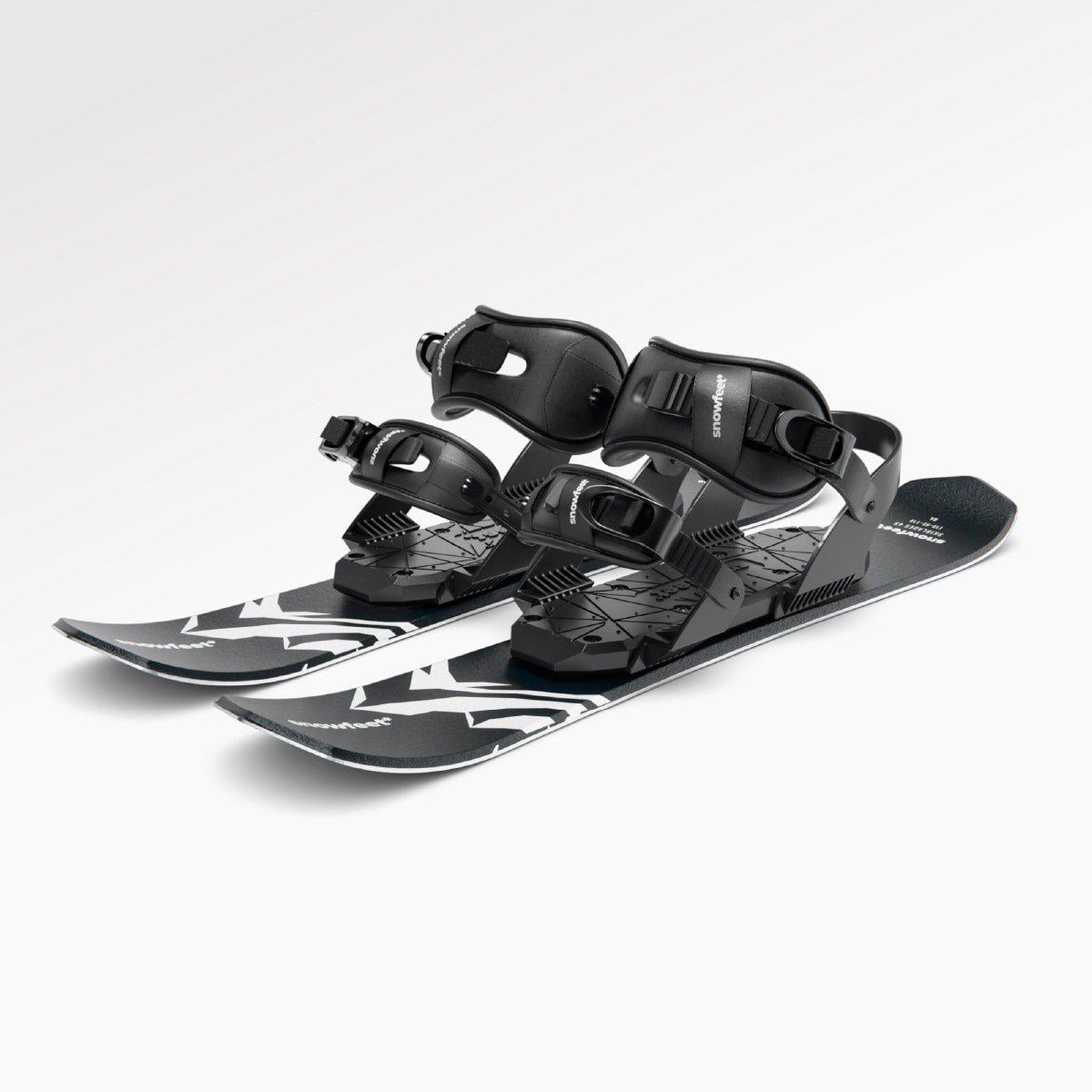



298 コメント
krbqdrmpub
Muchas gracias. ?Como puedo iniciar sesion?
fkfcplvfxk
Muchas gracias. ?Como puedo iniciar sesion?
wpdkpscyju
Muchas gracias. ?Como puedo iniciar sesion?
iuccluzamr
Muchas gracias. ?Como puedo iniciar sesion?
saaqjsrgja
Muchas gracias. ?Como puedo iniciar sesion?
コメントを残す
このサイトはhCaptchaによって保護されており、hCaptchaプライバシーポリシーおよび利用規約が適用されます。